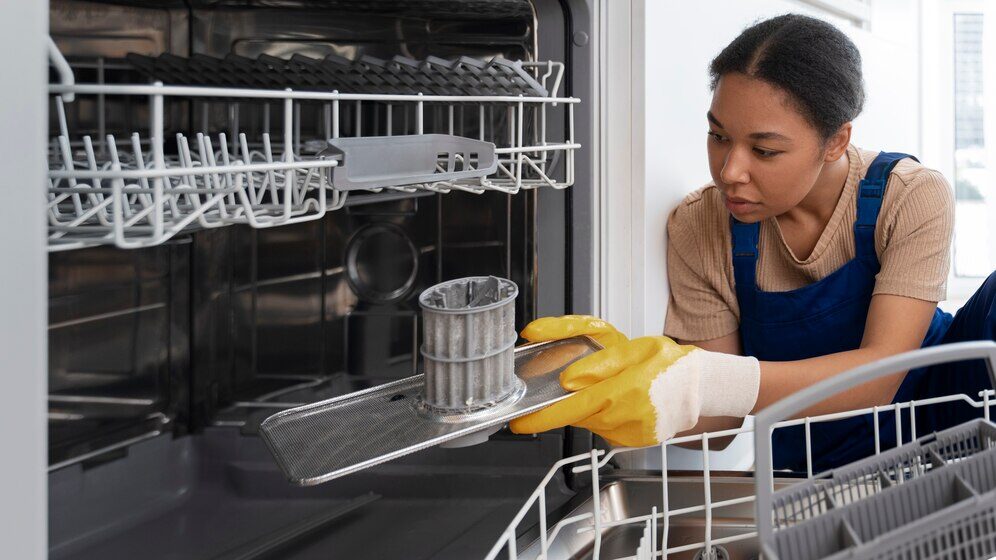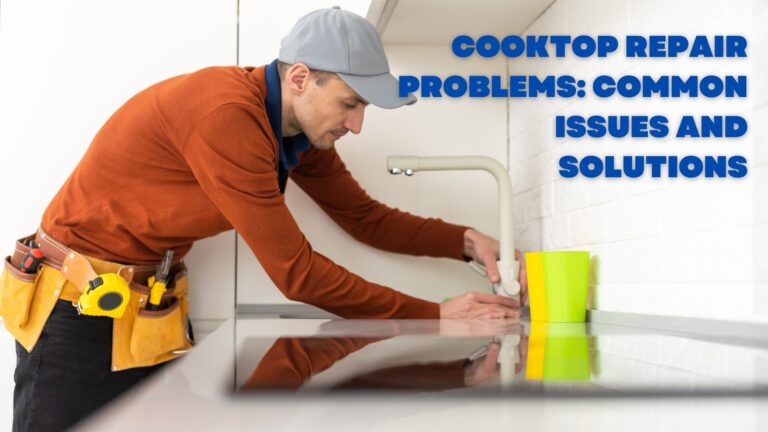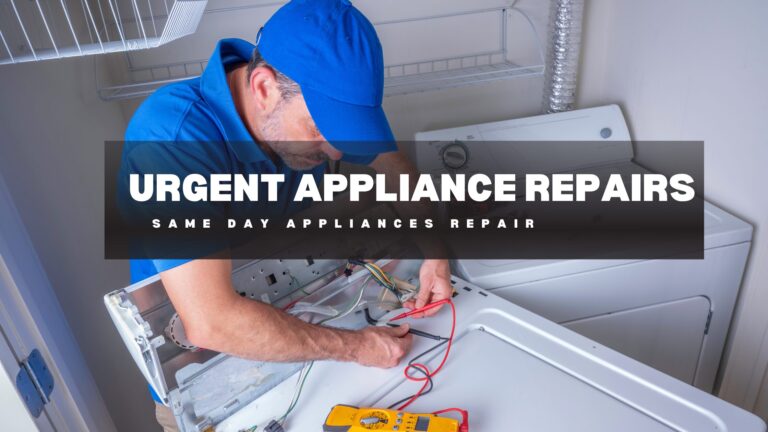These days, dishwashers are an important part of every kitchen because they save us time and work every day. Dishwashers do get worn out over time, though, just like any other home device. It can be annoying and difficult when your dishwasher will not work.
You can try a few troubleshooting steps and maintenance tips before calling a repairman to get your dishwasher running again. We will show you how to do a dishwasher repair from the very beginning, including how to find common problems and do regular upkeep.
Common Dishwasher Repair Issues
There are a lot of issues that a Dishwasher can come across. However, most of these issues can be easily solved by you going through some guides or you could search for your options on dishwasher repair near me. Services like Same Day Appliance Repair can help you out with the following problems:
Dishwasher Not Starting
If your dishwasher isn’t starting, check the following:
- Power Supply: You need to make sure the dishwasher is properly plugged in and that there is power to the outlet.
- Door Latch: Make sure the door is latched securely. If the door isn’t closed properly, the dishwasher won’t start.
- Control Panel: Make sure you check the control panel for any buttons that are stuck or malfunctioning. Clean the panel if necessary.
Poor Cleaning Performance
When your dishwasher isn’t cleaning dishes properly there can be a problem. You have to clean your dishwasher while keeping in view the following factors:
- Detergent: Check if you are using the right type and amount of detergent. Hard water may need you to add more detergent.
- Spray Arms: While doing your dishwasher repair you need to look for the spray arms for clogs or blockages. Remove debris to allow water to flow freely.
- Filters: Its really important to clean the filters regularly to prevent food particles from clogging the spray arms and affecting cleaning performance.
Leaking Dishwasher
A dishwasher repair might be as simple as fixing a leak. A leaking dishwasher can cause water damage to your kitchen. Here is what to do:
- Door Seal: Inspect the door seal for signs of damage or wear. Replace it if necessary.
- Float Switch: Check the float switch for any obstructions or damage. This switch controls the water level.
- Inlet Valve: If the inlet valve is leaking, it may need to be replaced.
DIY Dishwasher Repair Steps
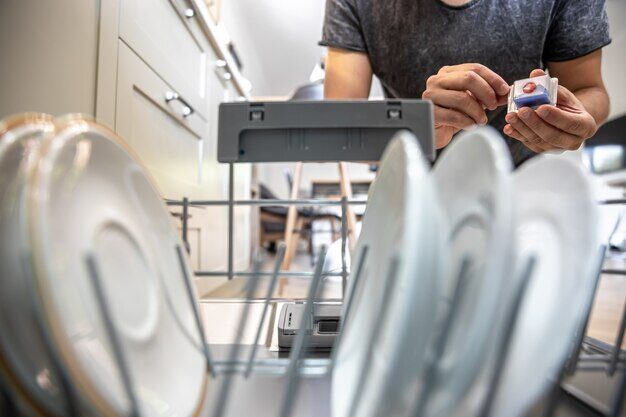
Before you move forward with any dishwasher repairs, be sure to turn off the power to the dishwasher and disconnect it from the power source. Here are some common DIY repair steps:
Cleaning the Spray Arms
If your dishwasher isn’t cleaning properly, clogged spray arms could be the reason. You need to follow these steps:
- You have to remove the lower and upper spray arms.
- Make sure you check for debris or food particles clogging the spray holes.
- Its important to clean the spray arms with a soft brush and rinse them thoroughly.
- Reattach the spray arms securely.
Unclogging the Drain Hose
Problems with drainage might be caused by a drain pipe that is obstructed. To unclog it, follow these steps:
- Check that the dishwasher is disconnected from both the power and water supply.
- In order to gain access to the drain pipe, remove the kick plate.
- Take the drain hose off its connection and check it for any obstructions.
- To clear any obstructions, you can either make use of a long, flexible brush or a plumber’s snake.
- Confirm that the drain hose is properly fastened when it has been reattached.
Replacing a Faulty Door Seal
If you notice water leaking from the door, the door seal may need replacement:
- Remove the old door seal carefully.
- Clean the groove where the seal sits.
- Lubricate the groove with a silicone-based lubricant.
- Install the new door seal by pressing it firmly into place.
Routine Dishwasher Maintenance
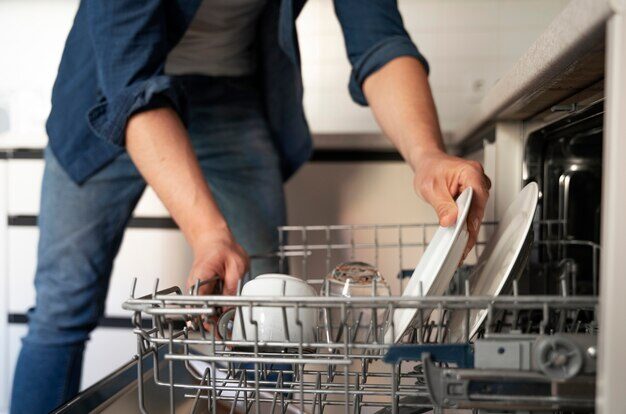
To keep your dishwasher running smoothly, consider these maintenance tips:
- Clean Filters: Remove and clean the filters regularly to prevent clogs.
- Run Hot Water: Before starting a cycle, run hot water at the sink tap. This ensures the dishwasher starts with hot water.
- Use Vinegar: Periodically, run a cycle with a cup of white vinegar to remove mineral deposits.
- Check Hoses: Inspect water supply and drain hoses for leaks or damage.
- Inspect Spray Arms: Check the spray arms for damage and replace them if needed.
When to Call a Professional
There are a lot of problems with dishwashers that can be fixed by yourself, but there are also some problems that might require the assistance of a professional. You could want to think about calling a technician if you are unsure about the reason why the problem exists.
- You are unable to fix the electrical problems or the water leaks that have been occurring.
- It is necessary to have replacement parts.
Final Thoughts
It doesn’t have to be scary to fix a dishwasher. You can keep your dishwasher in great shape with regular care and the right steps for fixing problems. You can make sure your dishwasher keeps making your cooking chores easy by learning about common problems and when to get professional help.
Remember that a dishwasher that is well taken care of not only saves you time but also water and energy, making it an eco-friendly choice for your home.

